Isabella – Product Designer
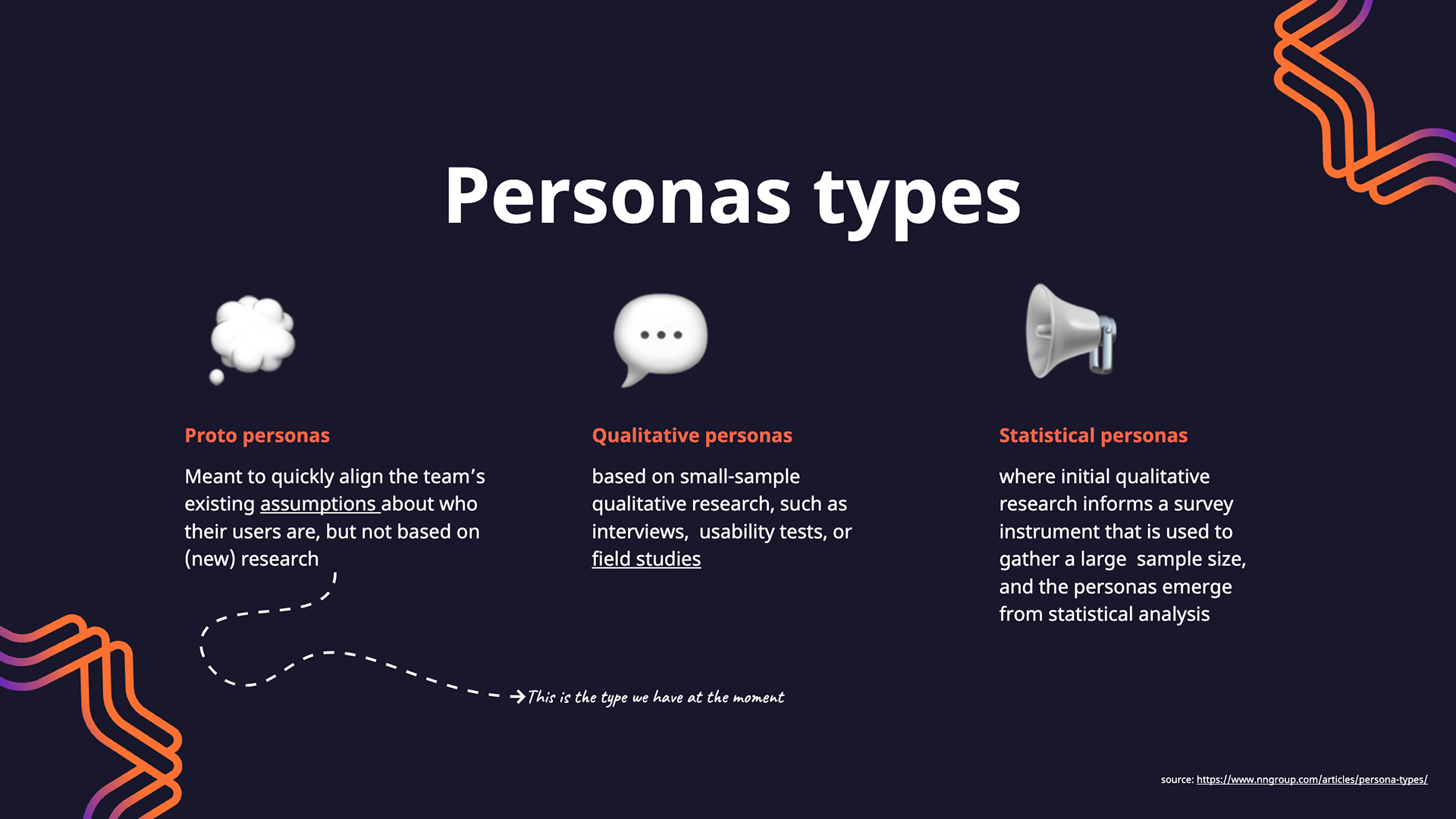

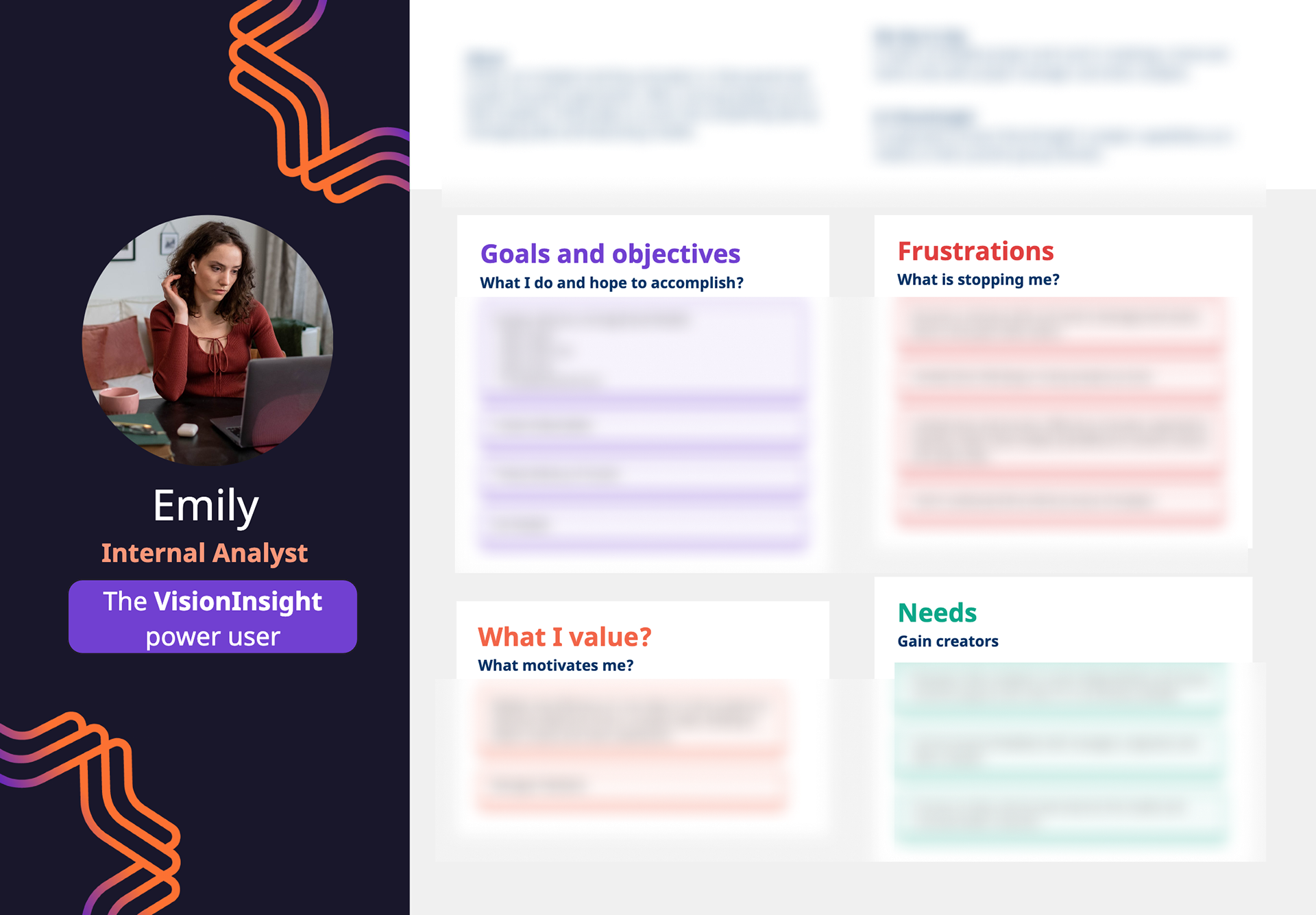

Diagram detailing envisoned workflow
Test and learn card created as preparation for the usability test
All goals, hypothesis and assumptions were later documented in Confluence. A script was created beforehand to guide the facilitation.
Recorded session of moderated usability testing
The generated click heatmap was later utilized to analyse the results further
Miro used first to record test occurrences
Snapshot of usability test report on confluence
User goals and page outline creted to align with stakeholders
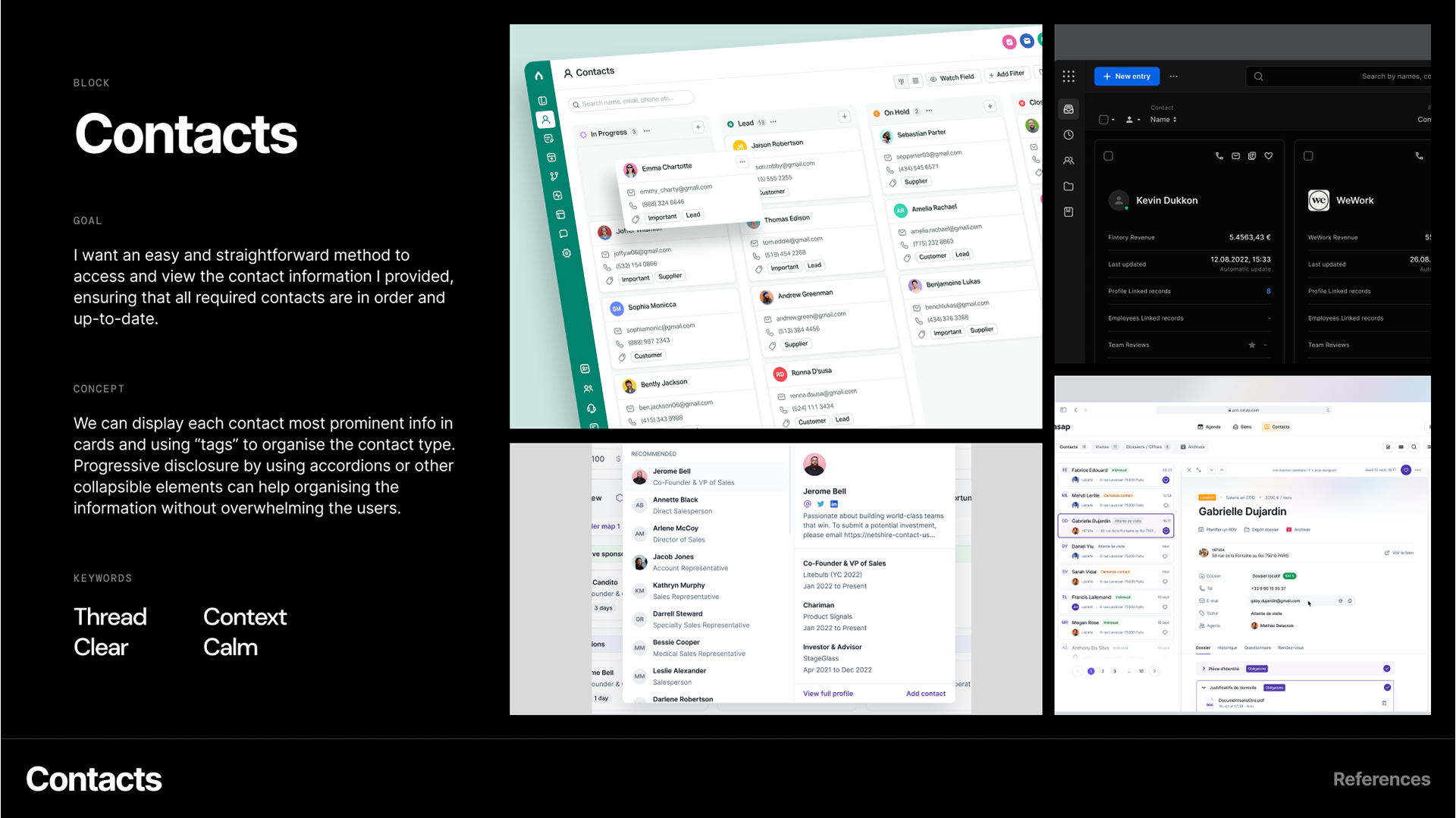

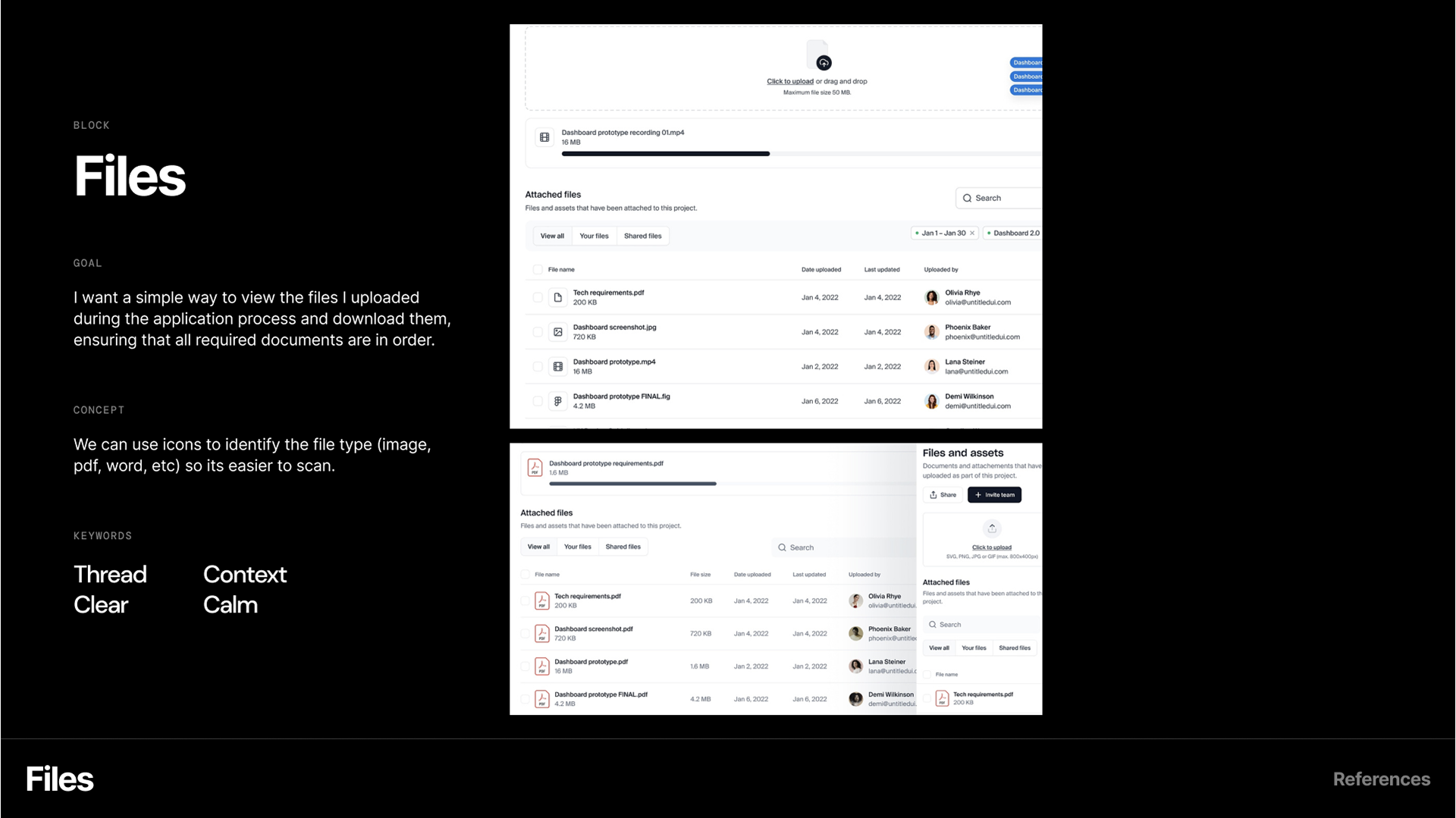

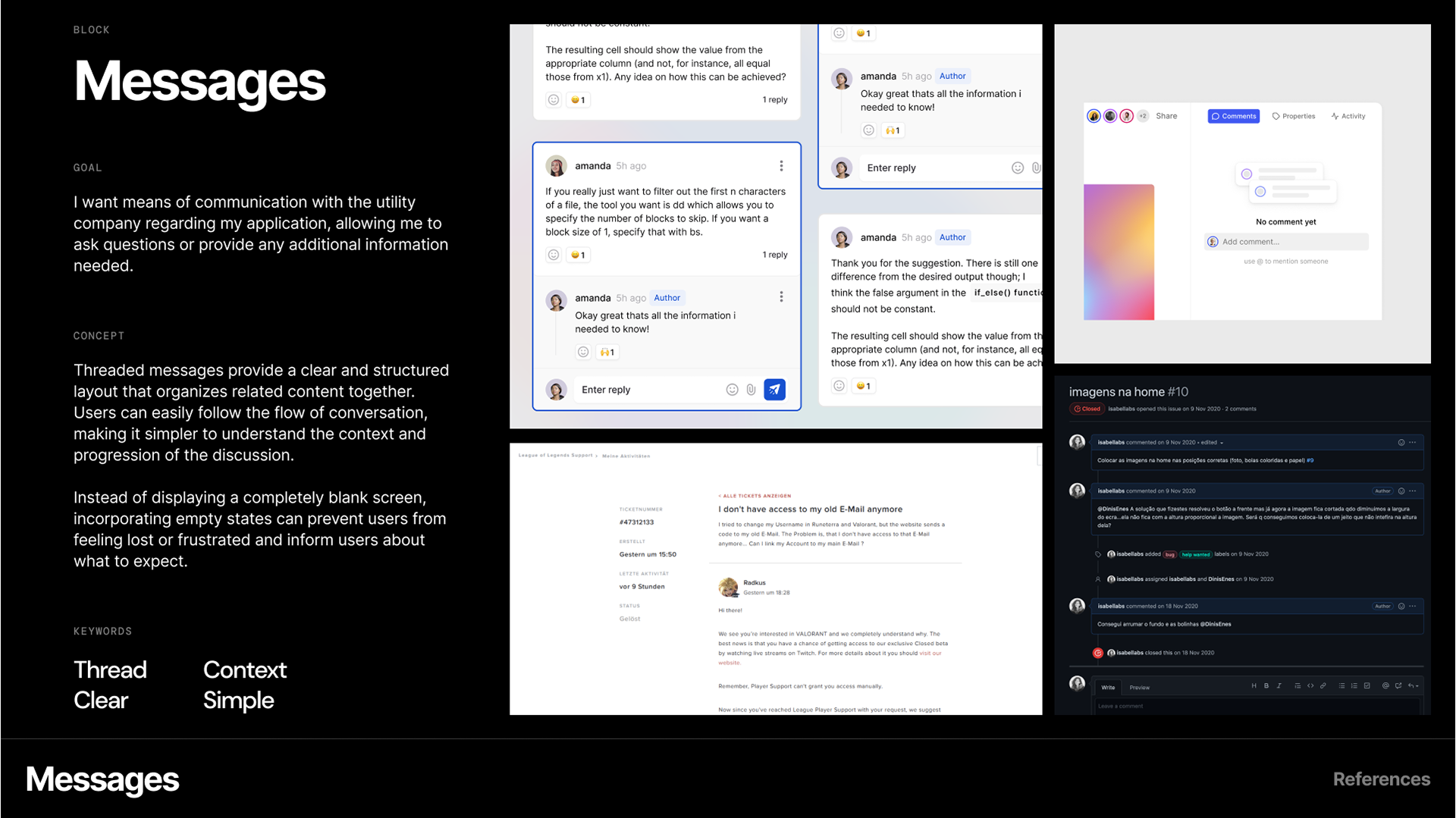

Slide presented to stakeholders as part of the fidelity level change of strategy
Wireframes created and prototyped in Figma
Desktop prototype created in Figma
Mobile prototype created in Figma
Example of accessibility documentation included to developer handoff